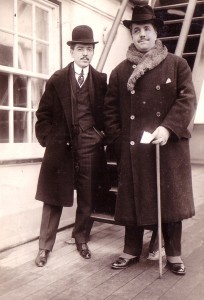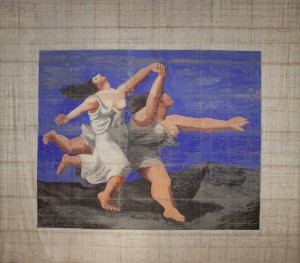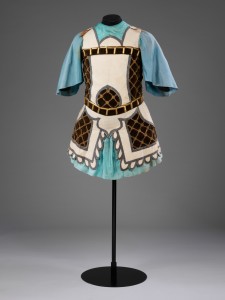 People love stories. Even before we learn to read as young children, cuddling next to a parent, grandparent, sibling or caregiver to listen to a story or book is a favorite pastime enjoyed by every generation.
People love stories. Even before we learn to read as young children, cuddling next to a parent, grandparent, sibling or caregiver to listen to a story or book is a favorite pastime enjoyed by every generation.
This love of stories doesn’t subside when we grow up.
In the digital age of Facebook Stories, Instagram Stories, Snapchat Stories, podcasting and TED Talks, the methods of telling and sharing stories may have changed, but our affinity for stories hasn’t lessened one bit.
So what’s the point for brands and companies? We’re glad you asked.
Sharing news about a person’s life, loves, challenges or career is interesting for others as it relates to their own life or circumstances. The same goes for brands and companies.
Storytelling is an effective way for you to reach the people who matter most. Brands and companies that share compelling insight can use storytelling to humanize them — gaining loyalty and positive perceptions in consumers’ minds by doing so.
A recent Wall Street Journal article by Barbara Haslip discussed how an entrepreneur’s story can be the perfect marketing tool. It cites research that suggests why humans respond well to character-based stories and memorable images, explaining the relevance for businesses. Read the interesting piece here.
Public relations professionals inherently use different tools and strategies to help clients tell their stories to the right audiences. By doing so, connections are made and buying decisions are positively influenced.
Companies should also leverage consumer input in brand storytelling. An article in MIT Sloan Management Review, says new research finds that sharing consumers’ positive stories about a brand can be a highly effective online marketing strategy.
Here are five ways we work with clients to share their stories:
Media Relations: We package and pitch your messages then reach out to the appropriate journalists to arrange media coverage for your brand, business or organization. These placements provide third-party endorsement via earned media which builds credibility, thought-leadership, visibility and SEO.
Content Creation: Produce and place bylined articles, press releases, blog posts or custom video designed for company blogs and websites, industry-specific or local and major media.
Strategic Partnerships: Arrange partnerships perhaps by creating community special events presented by companies and nonprofit organizations. This is an effective way to engage audiences, build brand equity, secure media coverage and provide an interesting story for the parties involved to tell across all of their platforms.
Live and Online Events: Identify speaking opportunities for company leadership or spokespeople at live or online events so sought-after audiences (either the press, consumers, businesspeople or partners) hear about the latest news, products or brand story first-hand and why it matters for them.
Blogger Engagement and Influencers: Reach out to mega or micro bloggers or social media influencers in your space who drive conversations among their devoted fans and followers. Some may be interested in exclusive content, brand partnerships or sponsored opportunities for their blogs, websites and social media channels encouraging readers to take action – i.e. buy the product, try the service, enter the contest or share the content.
When planning your marketing strategy, don’t overlook the power of stories to help business growth and let us know if we can help.



